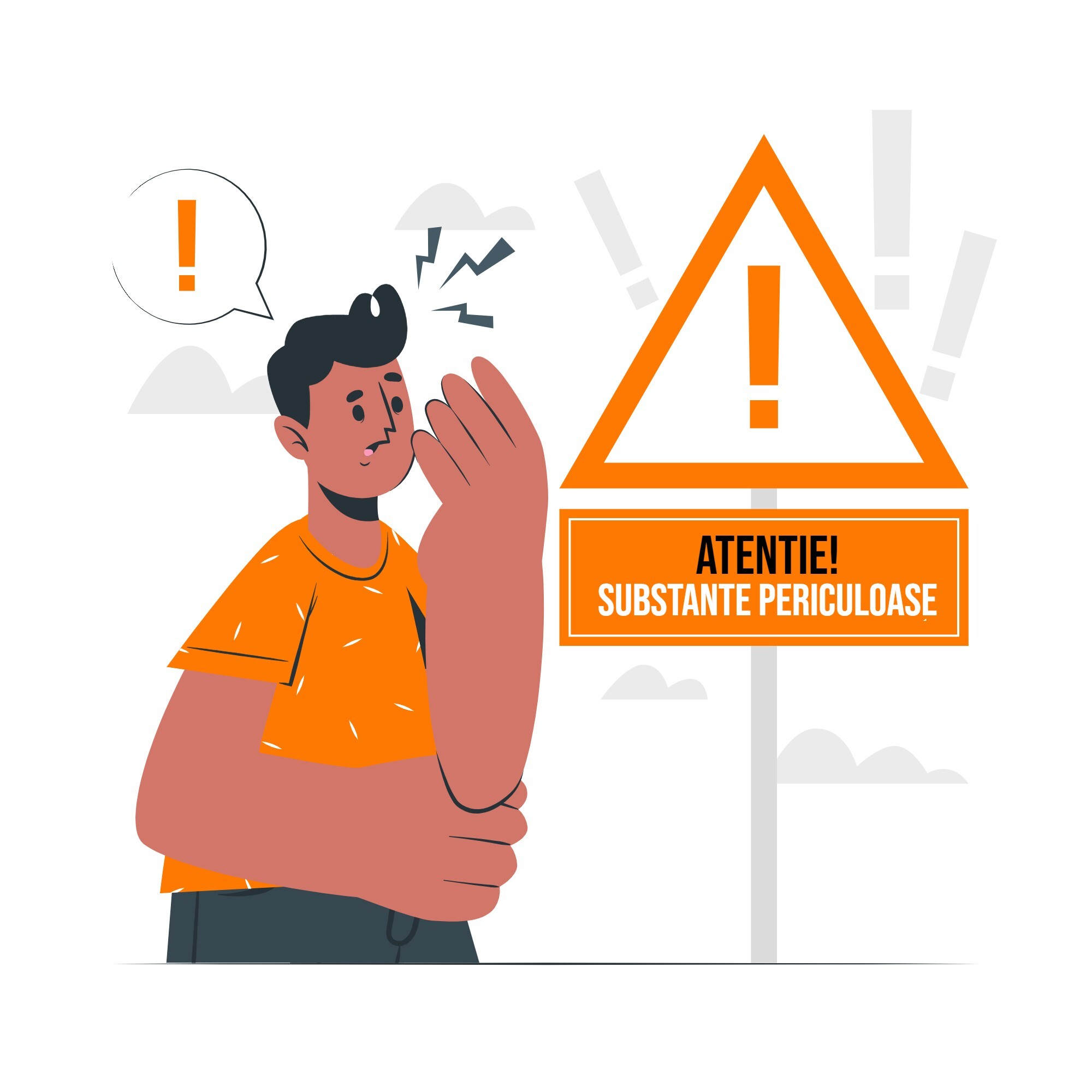There are quite a number of situations where employees have suffered workplace accidents over time that could have been avoided by implementing appropriate safety measures. These unexpected and unpleasant occurrences can have serious consequences for both the employer and the company as a whole. Employers must therefore take their responsibility to protect their employees seriously by assessing the risks that may exist and implementing the necessary measures to ensure that they can carry out their work safely.
What is an accident at work?
The definition of an accident at work
A workplace accident is any unforeseen event that occurs during work and results in the injury or even death of the employee. It may result from a sudden event, such as a blow or fall, or it may be the result of exposure to harmful substances or hazardous conditions during the period of work. Such an incident can occur at any time, so it is important to be aware of the possible risks and how to intervene in such a situation.
But avoid all these risks – For comprehensive workplace protection services, turn to Outstand!
Classification according to types of accidents at work
The exact classification of accidents at work varies according to the industry in which the event occurred, the legislation and practice of a country. Taking into account the consequences produced and the total number of people injured, occupational incidents are classified as:
- Events culminating in a death;
- Events leading to invalidity;
- Accidents causing a temporary inability to work for at least 3 calendar days;
- Collective accidents, when at least 3 people are injured for the same reason and at the same time
Some examples of work accidents
As examples of work accidents, we list: stabbing/cutting by a sharp object in the case of persons equipped with such a tool, a fracture suffered by an employee who fell from a height, burns for employees working with flammable materials or substances, carbon monoxide poisoning, a sprained ankle resulting from a work-related road traffic accident, and the examples go on.
Occupational diseases
What is occupational disease?
The term “disease” is used to define a pathological process, a change in the normal balance of the body, which produces an alteration of the state of health. Occupational diseases are medical conditions that occur as a result of working conditions. They can be chronic, evolving gradually over a long period of time and affecting several areas and/or organs, or acute, with a usually punctual, specific action on a single organ and evolving over a relatively short period.
Most conditions occur as a result of:
- Overloading an organ and/or system by making an exaggerated effort in order to fulfill service objectives;
- Exposure by inhalation of harmful substances;
- Skin contact with various harmful compounds;
- Unexpected events that cause bodily harm;
- Emotional stress caused by various factors (difficult encounters or people);
- Contamination with various infectious agents (viruses, bacteria).
For a certain pathological condition to fall under the category of occupational diseases, it must meet three conditions:
- To be the result of practicing a trade/profession
- To be caused by risk factors permanently present at the workplace or to be established as an effect of overwork
- Risk factors found to have a long duration of action
Examples of occupational diseases
Some examples of frequently encountered occupational diseases are:
- Musculoskeletal conditions, caused by prolonged physical exertion (such as lifting weights, pulling or pushing heavy objects) or adopting improper positions
- Infectious diseases, which appear, for example, as a consequence of carrying out the activity in a precarious environment from the point of view of hygiene or of direct contact with various infectious agents
- Mental pathologies, resulting as an effect of emotional stress
- Hearing disorders, which occur in the case of people who work in an environment where there is loud noise
What are the causes of work accidents?
Breach of protection rules
represents one of the reasons why work accidents occur. These rules are established by the authorities and are mandatory for each institution, but they can be customized according to the activity niche of each company, by evaluating the possible risks. They can consist of: the use of protective equipment, compliance with procedures regarding the use of machinery, compliance with hygiene rules, etc., depending on the work context of each company. However, for various reasons, such as the desire to complete work tasks in the shortest possible time, employees fail to implement the protection rules, which can lead to an event with unpleasant consequences. A useful thing to avoid such situations is to monitor compliance with the rules and educate employees in this regard.
Lack of protective equipment
can be another cause for the occurrence of accidents during work. Depending on the type of activity carried out, each employee must have personal protective equipment (such as: masks, glasses, shoes, gloves, special chairs for people who perform office work, etc.). Without it, the risk of incidents becoming much higher.
In order to avoid various unpleasant events, it is essential that the employer provides the right type of equipment to allow people to carry out their work safely.
Omission of an employment protection plan
can be a consequence of the occurrence of work accidents. A work protection plan consists in the identification of possible risks and the implementation of specific measures (where we can include: preventing the occurrence of work accidents and implicitly occupational diseases, training employees in terms of avoiding possible risks and offering the possibility to report any dangerous event to which they were exposed, the continuous monitoring of the evolution of the protection plan and the verification of its effects, the establishment of an emergency plan in the event of a destructible event, etc.).
The lack of such a plan can have quite serious consequences, both for the employee, by exposing him to possible risks that can lead to serious or less serious accidents, and for the employer, who can be targeted by to the competent authorities. Therefore, the preparation of such a plan is essential to avoid the occurrence of work accidents.
Can the route to the work point be considered a work accident?
As a general principle, a work accident is defined as an event that occurs during the time allocated to the performance of the work activity. However, the time spent by the employee from home to the point of work is for the purpose of work, and in the event that an incident occurs at that time and on the route he declared in writing, it can be considered, according to the legislation, a work accident. However, this depends very much on the context in which the event took place, since not every incident can be considered a work accident, which is why a thorough assessment of each situation is necessary.
How do we avoid work accidents?
Occupational risk assessment
To be able to avoid the occurrence of work accidents, it is necessary to know what are the risks that can favor their occurrence. So, a first step is the professional risk assessment. It consists in identifying the possible dangers depending on the activity of each company, eliminating them if possible and adopting measures to limit both the possible risks and the consequences.
Compliance with the necessary measures provided for
After the existing possible risks have been evaluated and identified, the measures that have been established to reduce them must be implemented by employees. Compliance must be monitored by employers, who must then intervene to resolve any problems that arise.
Work protection training
A final essential step in avoiding a work-related event is training employees on safety rules, work procedures and the use of protective equipment. Employers have an obligation to inform and train people on how to comply with safety measures, to ensure they understand and to inform them of any changes and/or updates that occur.
So, for any company to run smoothly, it is necessary to establish a work protection plan, in which existing risks are identified, the necessary measures are implemented to avoid their occurrence (using, for example, protective equipment and implementing safety rules) and compliance is constantly monitored.
If you need occupational protection services for your company, you can trust Outstand!



